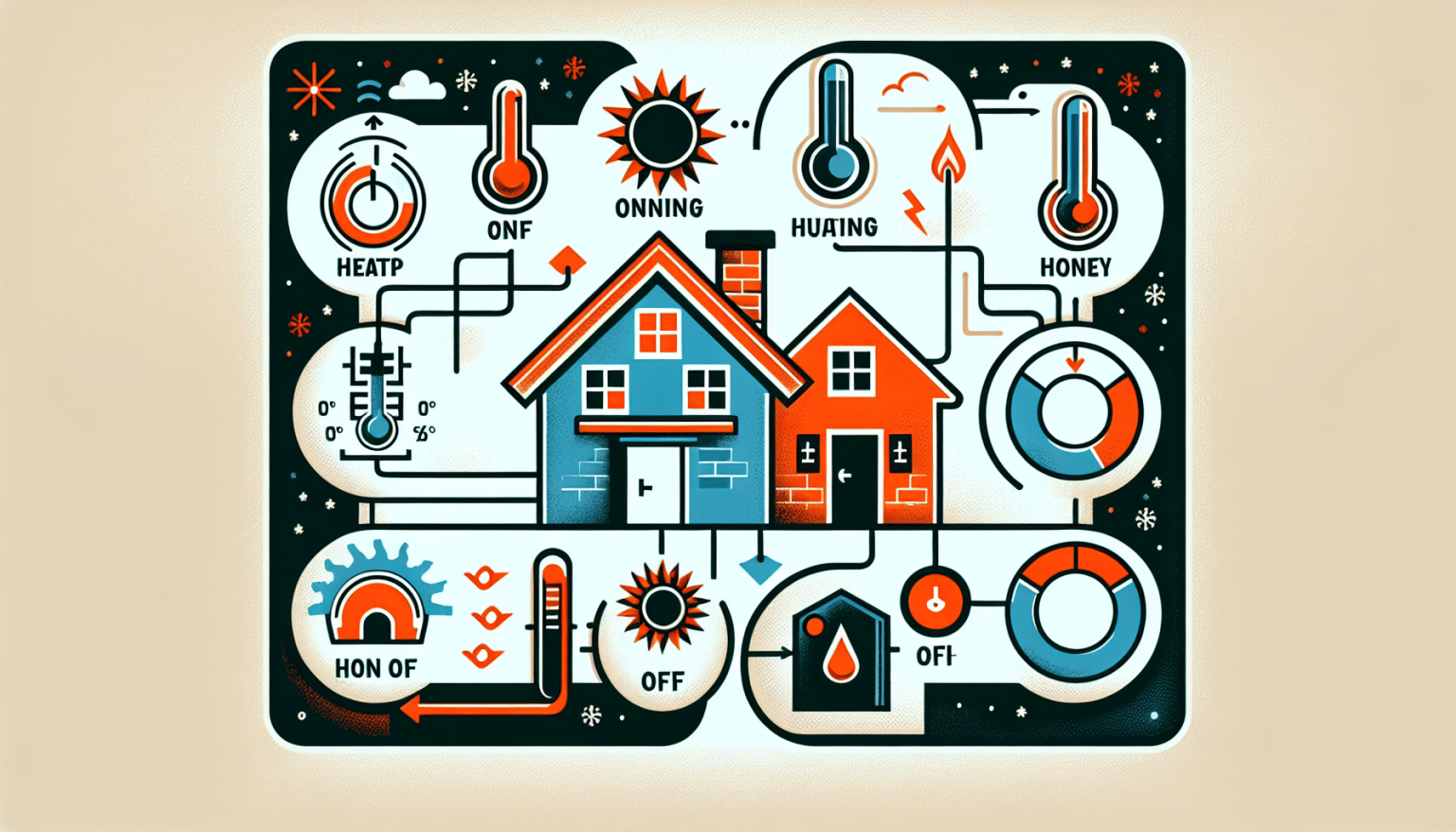In the middle of winter, discussions about the best way to keep the heating on at home intensify among citizens. With energy prices on the rise and a growing awareness of climate change, many wonder if it is more efficient to keep the heating always at a minimum or if, on the contrary, it is better to turn it off and turn it back on several times a day. Energy efficiency and thermal comfort specialists have analyzed both options, offering recommendations that could help households optimize their energy consumption.
Keeping the heating at a constant temperature, even if low, seems to offer certain advantages. According to some experts, allowing the house to cool too much can lead to higher energy consumption when the system is turned back on. “Every time you turn off the heating and turn it back on, the system has to work more intensively to reach the desired temperature,” explains Laura Montoro, an energy efficiency engineer. This additional effort could result in an increase in energy consumption, especially on extremely cold days.
However, other specialists argue that turning off the heating during hours when no one is home or during the night can be more beneficial. “Modern homes are designed to retain heat for longer. If the heating is turned off and the windows and doors are well sealed, there can be significant savings,” says Javier López, an architect specializing in sustainability. In addition, programmable thermostats allow for setting schedules, optimizing consumption and avoiding unnecessary expenses.
The debate is not only focused on energy savings, but also on the comfort of the household inhabitants. “Every family has different needs and routines. What works for one may not be suitable for another,” indicates María García, an environmental psychologist. Therefore, the decision between keeping the heating at a minimum or turning it off will depend on factors such as the hours spent at home, the quality of the building’s insulation, and personal temperature preferences.
While some households opt for more traditional solutions, such as blankets or warm clothing, others are considering the installation of advanced smart heating systems that adapt to the specific demands of each home.
For those seeking to balance comfort and efficiency, experts suggest an intermediate approach: using programmable thermostats, finding a compromise in temperature (around 20 degrees Celsius is recommended as a starting point), and properly maintaining heating systems.
In conclusion, there is no definitive answer. The most effective option between keeping the heating at a minimum or turning it off several times a day varies depending on individual circumstances. However, the key lies in being informed, making appropriate adjustments, and finding the strategy that best suits each home, thus contributing not only to family well-being but also to environmental sustainability.
via: MiMub in Spanish
